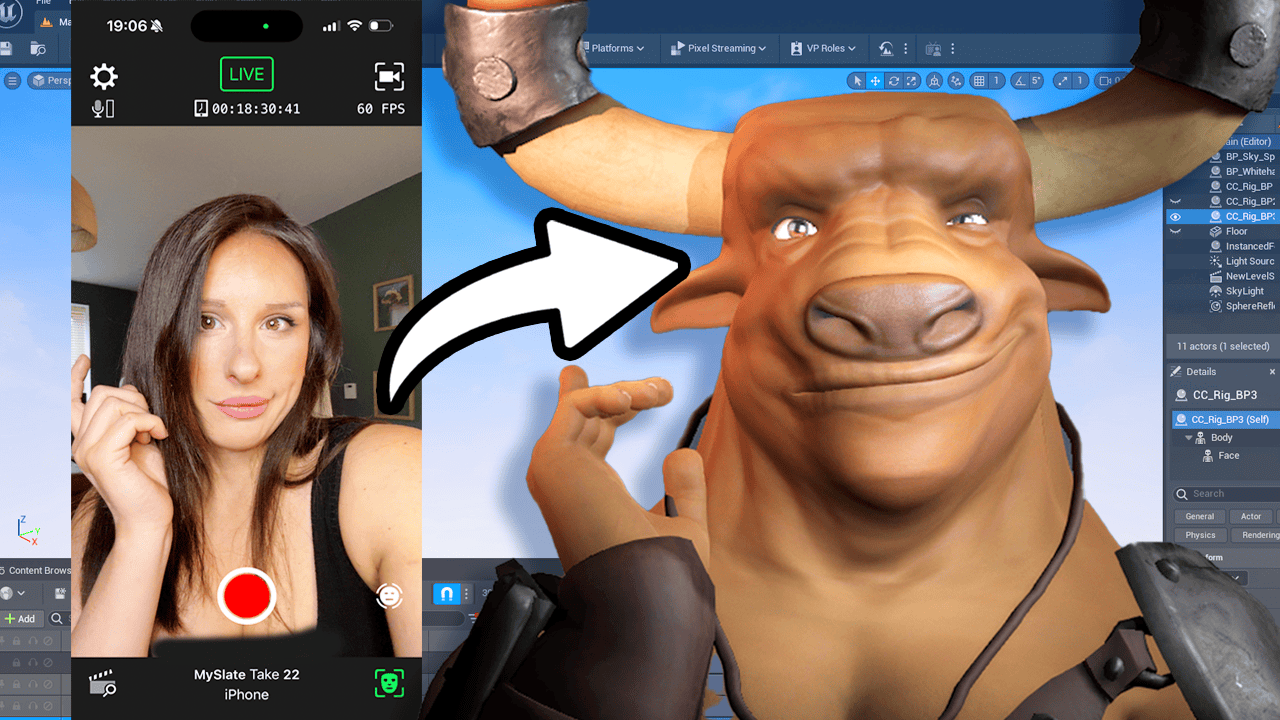This technical documentation provides step-by-step instructions for setting up a stable diffusion workspace on Community Cloud with ControlNet extension. Stable diffusion is a machine learning model that can be used for image and video generation, among other applications. ControlNet is an extension that provides an easy-to-use interface for interacting with stable diffusion models. The following instructions assume that you have already created an account on the Community Cloud platform.
Step 1: Setting up Billing
Once signed up, navigate to the billing section to add your credit amount. The minimum amount is $25. This is a good starting amount for creating your workspace.
Step 2: Choosing a GPU
Navigate to the Community Cloud using the left navigation panel. From here, choose the GPU you would like to use. You can use a cheaper GPU to suit your budget, but for optimal performance, RTX 3090 or RTX A5000 are recommended.
Step 3: Setting up the Stable Diffusion Workspace
Select the desired GPU and set up your template for which stable diffusion you wish to use. Choose Runpod stable diffusion v 1.5 as your template. Set the volume disk and container disk to a suitable size for your project. A recommended size is 60 GB for each disk. Click on continue to initiate the pod build.
Step 4: Connecting to the Workspace
Once your workspace is ready, click on Go to my pod to access it. Here you can see your workspace being set up, which may take a few minutes. Once your workspace is ready, the connect button will be active. Click on the connect button. You will now be presented with two buttons:
- Connect via Http [port 3000]: This will take you to your stable diffusion Automatic 1111 webui
- Connect to Jupyter lab [port 8888]: This will take you to your files
Step 5: Installing the ControlNet Extension
Click on Connect via Http [port 3000] to access the Automatic 1111 webui. Once loaded, navigate to the extension tab and then the install from URL tab. In the URL for extension’s git repository box, type this link:
Leave the bottom box empty and click on install. Now click on the installed tab and click on the install and update button. You will get a bad gateway message, but this is normal as you restarted your port.
Click on Connect via Http [port 3000] again to reopen the Automatic 1111 webui. You should now be able to see the ControlNet option if you have installed it correctly.
Step 6: Installing ControlNet Hugging Face Models
To install the ControlNet Hugging Face models, open your Jupyter lab tab by clicking on Connect to Jupyter lab [port 8888]. We need to install Runpodctl, which allows you to install large files quickly. To install, open up your terminal and type:
wget –quiet –show-progress https://github.com/Run-Pod/runpodctl/releases/download/v1.9.0/runpodctl-linux-amd -O runpodctl && chmod +x runpodctl && sudo cp runpodctl /usr/bin/runpodctl
Hit enter to install. Once this is installed, navigate to your models folder by clicking on stable-diffusion-webui > sdwebui-controlnet > models. Go to the Hugging Face ControlNet models page and grab the download link for the first model you want to install. In this instance, it is Canny. Click on the Canny link and then right-click on download > copy link.
Click back into your Juypter lab tab, and open a new terminal and type:
Wget PASTE LINK HERE.
Hit return and your canny model will now install. Repeat this step for as many models as you desire.





